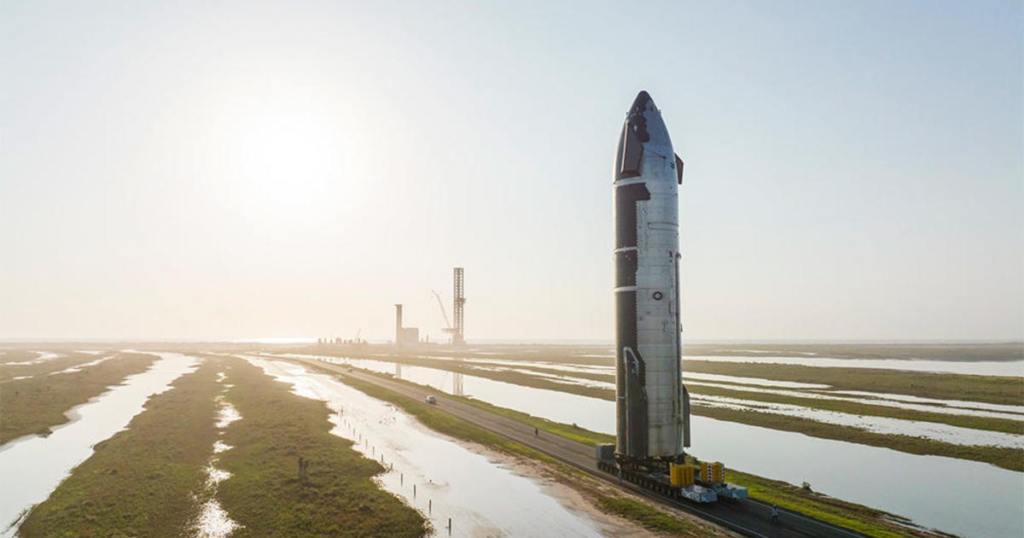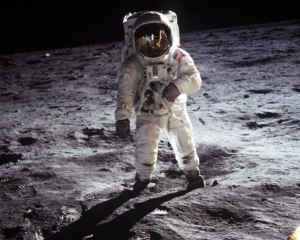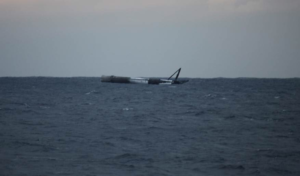
The FAA Finally Approved SpaceX To Continue Operations In Boca Chica
Many of us have been keeping track of SpaceX and specifically the work going on in Boca Chica and on Starship. Here the company is closer than ever to the first orbital test flight of the next-generation launch vehicle. However, besides the current progress on Starship, one aspect that could have held the project back was finally announced.
After what seems like an extremely long time, the wait is finally over. Just yesterday on June 13th, the FAA approved SpaceX’s Super Heavy and Starship operations in Boca Chica. With the exception of a few important notices and rules the company has to follow, they are one step closer to reaching orbit with Starship. This marks a massive milestone as it secures Boca Chica as a launch and production site for SpaceX.
Over the past few months, we had to wait as the FAA continued to delay the final PEA. Fortunately, after more than half a year, it has been released and SpaceX can move on to the next challenge. Here I will go more in-depth into what the approval means, the exceptions and rules SpaceX is required to follow, and the company’s reactions and plans in the near future.
FAA Approval

Its official, yesterday the FAA published the Final Programmatic Environmental Assessment and Mitigated Finding of No Significant Impact/Record of Decision (Mitigated FONSI/ROD) for the SpaceX Starship/Super Heavy Launch Vehicle Program at the SpaceX Boca Chica Launch Site in Cameron County, Texas. In other words, this means that SpaceX is approved to continue working towards an orbital test flight and more but it also requires over 75 additional protective measures. Quite a while ago SpaceX proposed operations that include launches originating from the Boca Chica site, as well as landings at this site, in the Gulf of Mexico, or in the Pacific Ocean off the coast of Kauai, Hawaii. In order to go forward with these ideas, SpaceX was required to obtain an experimental permit and/or a vehicle operator license from the FAA for Starship/Super Heavy launch operations.
The FAA published a draft PEA on September 17, 2021, for public review and comment, the scope of
which addressed the potential environmental impacts associated with SpaceX’s proposed operations as
well as the construction of additional support infrastructure. Since the conclusion of the draft PEA public
comment period, SpaceX made multiple changes to its proposal. This included removing the construction and operation of the desalination plant, natural gas pretreatment system, liquefier, and power plant. SpaceX removed this infrastructure from its proposal in response to public and agency comments and other developments.
Taking a closer look at the decision, under the No Action Alternative, the FAA would not issue new permits or licenses to SpaceX for any test or launch operations at the Boca Chica Launch Site. In this case, SpaceX could conduct missions of the Starship prototype launch vehicle as authorized by the current license. The license expires on May 27, 2023. Under the No Action Alternative, impacts to the human environment from Starship prototype suborbital launches would be similar to the types of launch related impacts discussed in the FAA’s 2014 EIS as well as similar airspace closures associated with the launches. Overall, SpaceX would continue its existing production and testing infrastructure and operations, which are not subject to FAA licensing.
This being said, there are still 75 actions SpaceX needs to make in order to mitigate its environmental impact in the area. For example, the FAA pointed out that “After consultation with the U.S. Fish and Wildlife Service, there will be more advanced notice of launches to reduce how long State Highway 4 is closed during launch operations. The highway traverses Boca Chica Beach, Texas State Parks and the Lower Rio Grande National Wildlife Refuge,” Another example has to do with the lighting within Starbase. Here, in order to minimize lighting impacts to sea turtles, SpaceX will monitor its lighting. This monitoring will be conducted to verify SpaceX’s compliance with the SpaceX Boca Chica Launch Site Lighting Management Plan. A qualified biologist will conduct lighting inspections to eliminate unnecessary lighting before nesting season and weekly during the nesting Thatching season (March 15th to October 1st) and send the results of the inspections to the FAA. In addition, SpaceX will conduct evening inspections between 9:00 p.m. and 5:00 a.m. monthly during sea turtle nesting season. Another example highlights that “Closures will not be allowed on 18 identified holidays, and weekend restrictions are limited to no more than five weekends per year, ensuring robust access to the refuge and park throughout the calendar year,”. “The FAA will also require real-time notifications when access restrictions begin, end or are canceled.” Overall, the list goes on and on for different things SpaceX needs to keep track of and do in order to keep approval in the area in regards to the environment and more. While not ideal, it marks a significant milestone for the company as they have received approval to launch Starship for the first time not long from now. In an update yesterday responding to the decision by the FAA, SpaceX tweeted saying, “One step closer to the first orbital flight test of Starship”. Not only this but Elon Musk replied and mentioned, “For the first time ever, there is a rocket capable of establishing permanent bases on the moon and Mars.” Its clear that everyone at SpaceX is very excited for the recent approval despite the large list of necessary actions and are ready for the first orbital test flight. For a while now SpaceX has been working hard to prepare both the orbital launch site and Starship for this test. With the FAA approval released, it’s now down to SpaceX to finish the prototype and get it ready for the first launch.
Permits Needed & More

The FAA highlights that in order to proceed with all of its proposed Starship/Super Heavy operations and associated construction, SpaceX would require several environmental and regulatory permits and approvals in addition to the FAA’s license or permit. This includes air emissions, Endangered Species Act, Magnuson‐Stevens Fishery Conservation and Management Act, Coastal Zone Management Act, National Historic Preservation Act, Clean Water Act, and more.
As partially mentioned prior, back In 2014, the FAA published the Final Environmental Impact Statement for the SpaceX Texas Launch Site and Record of Decision. The 2014 EIS analyzed the environmental
consequences of issuing SpaceX licenses and/or experimental permits for Falcon 9 and Falcon Heavy launch operations, as well as operation of reusable suborbital launch vehicles, from a new launch site in
Cameron County, Texas. The analysis in the 2014 EIS also analyzed the potential impacts from the construction of infrastructure and operation of the launch site. SpaceX no longer plans to conduct launches of its Falcon launch vehicles at the launch site. Over the past several years, SpaceX has constructed launch facilities, including a launch and landing control center and vertical launch area. In 2019, SpaceX developed the Starship technology as part of the reusable suborbital launch vehicle classification analyzed in the 2014 EIS. As of right now, SpaceX is testing Starship prototypes under an existing license at the launch site as part of its Starship experimental test program. This involves static fire engine tests and a series of suborbital launches from very close to the ground to high altitudes.
When working on this Final PEA, the FAA worked with a large group of additional agencies that were in some way involved with the project and possible approval. Specifically, the FAA invited the Texas Parks and Wildlife Department, Texas Historical Commission, Texas Government Land Office, and Texas Department of Transportation to be participating agencies10 due to the location of the launch site relative to stateͲmanaged properties and due to special expertise of the agencies. These agencies participated in the NEPA process through activities such as attending project calls and reviewing and providing comments on administrative versions of the PEA. This along with the large amount of comments the FAA received and more, were the reasons for the constant delays over the past half year. At the end of each month, the FAA would announce that the decision would be delayed until the next month. However, now in the middle of 2022, the final PEA has been published and it is mostly in SpaceX’s favor.
Conclusion
Many of us have been keeping track of SpaceX over the past few years as they work to make history in Boca Chica. Especially recently, the company has been getting very close to the first orbital test flight of Starship. However, one big hurdle the company faced came in the form of FAA approval. After waiting for quite a while, just yesterday they received it and are now onto the next step for both Starship and the launch site. We will have to wait and see how it progresses and the impact it has on the space industry.



